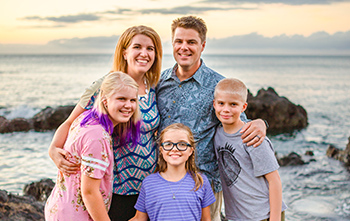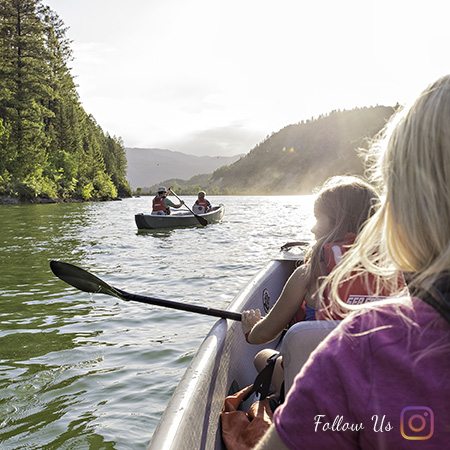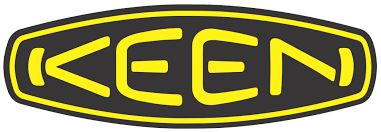.jpg)
The time has come for operation “Airstream Power Upgrade” or APU for short. When we bought our Airstream, we replaced the 5 year old batteries with flooded batteries from Costco. It was cheap, easy and we didn’t want to figure out other options or power configurations. Lately we’ve been spending more time off grid (or boondocking) and are in the market for some additional power. We have been gathering information to decide exactly what our needs are and how best to fulfill them. Here is a consolidated list of information that we are using to decide our way forward:
The Rig
We have a 2008 Airstream International 27FB, with a front bed modification. Though we pulled the queen bed, we left the electrical panel under the bed in place and unmodified. The two primary locations for electrical stuff is that panel and the fuse panel/converter underneath the pantry in between the bathroom and the stove.
Lifestyle
We are a full-time family of 5, home schooling and working on the road. We spend time both boondocking and with an electric hookup. We move roughly every 3 to 5 days. Our biggest wintertime power use is the furnace fan at night. With kids, we can’t as easily drop the temperature at night to save power. Summertime power drain switches to the fantastic fans, though the power draw doesn’t seem quite as bad.
This year we will be doing more ‘away from home’ activities, like backpacking or other trips where we will park the Airstream for a few days without hookups. Having a way to keep the batteries in good shape without hassle for a few days would be really helpful.
Batteries
We have 2 Group 27 Deep cycle marine batteries, for something like 150 or 160 Amp Hours. (When new). The batteries are only a year old but not in great shape, mostly due to neglect of the water levels.
I suspect our current use is on the order of 100 – 125 Amp Hours per day, based on how often we have to run our generator. We can really only run a day-ish on batteries, and I’m pulling out the generator far too often to be convenient.
DC Needs
- Lots of USB charged gadgets (2 Phones, 3 Tablets, cameras, etc.)
- Laptop power cord is a DC cord (no AC needed)
- Nearly all lights are LED lights
- Wifi Router (Pepwave)
- House audio (built in sound system)
- Fridge (electronics only, propane powered)
- Fantastic Fans (mostly summer use)
- Furnace Fan (mostly winter use)
- Cooking Fan and shower vent fan (year round)
AC Needs
- We have no inverter currently installed. We pull out the generator (Honda 2000) for use of our major electrics when boondocking.
- Blender – 1800 Watts / Typical daily use 5 min
- Hair Dryer – 1850 Watts / Typical use every few days 10 min
- Hair Flatiron – ? Watts / Typical use every few days 10 min
- TV – much lower, but we are low TV users.
- Other misc chargers and devices, none of which is urgent while boondocking
- We do not currently have an inverter.
Upgrade Goals
- Run the generator less often.
- Be able to park the Airstream for a few days without having to worry about the fridge running out of power.
- Be able to monitor both power use to lower use and monitor drain.
- Monitor battery state and charge to know when we are charged. (Will help reduce generator use).
- Avoid becoming a slave to the panels.
Possible Options
My uneducated self can see a few ways to improve our power situation:
Solar Only
- Panels (200-400 watts)
- Solar Charge Controller
- Battery Monitor
This is probably our best option, but also the priciest. Prices without installation are roughly $1,800 to $2,500. Install would likely be $1,200 additional. Self install is painful for a few reasons, but more on that
in a future post.
AC Charge Only
- Multi-stage Converter
- Battery Monitor
This would really just make our generator time more efficient, and provide better monitoring. This is an easier self-install, and somewhere in the $400 range.
Both Solar and AC
- Panels (200-400 watts)
- Solar Charge Controller
- Multi-stage Converter
- Battery Monitor
Battery Upgrade
I could upgrade the batteries, either to 6 volt or AGM, or both. This could lower the maintenance issues with the flooded batteries, but is pricy. $400 – $1,000, plus more to expand the battery box for larger batteries.
Inverter Upgrade
Use combination Multi-stage converter / Inverter to allow AC use from batteries. This is really a luxury item, but as long as we are discussing our options, let’s throw it in here. $1,000 -$2000, depending on which way we go, and it would likely need that battery upgrade!
Next Up…
I’ll discuss what I don’t know about installing my own solar kit.


















